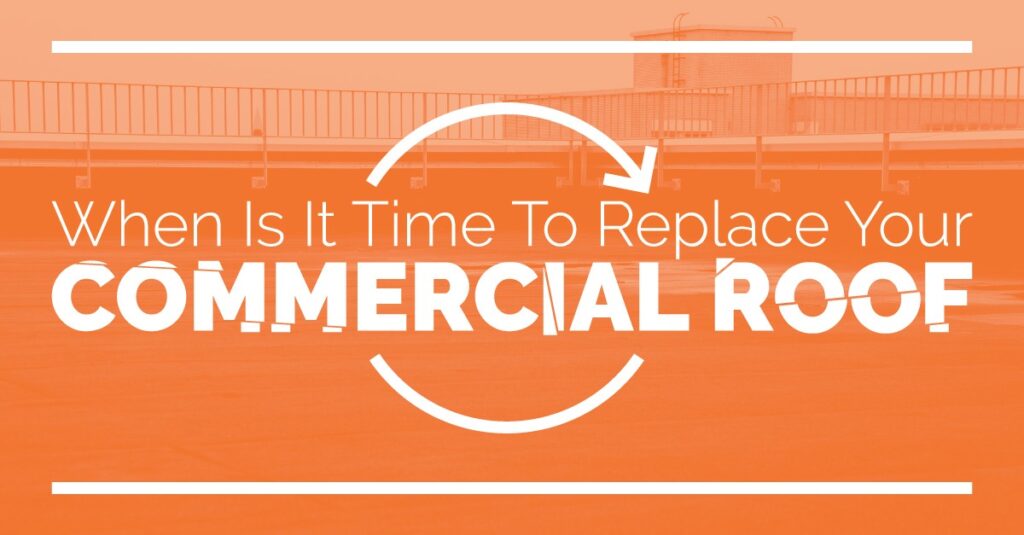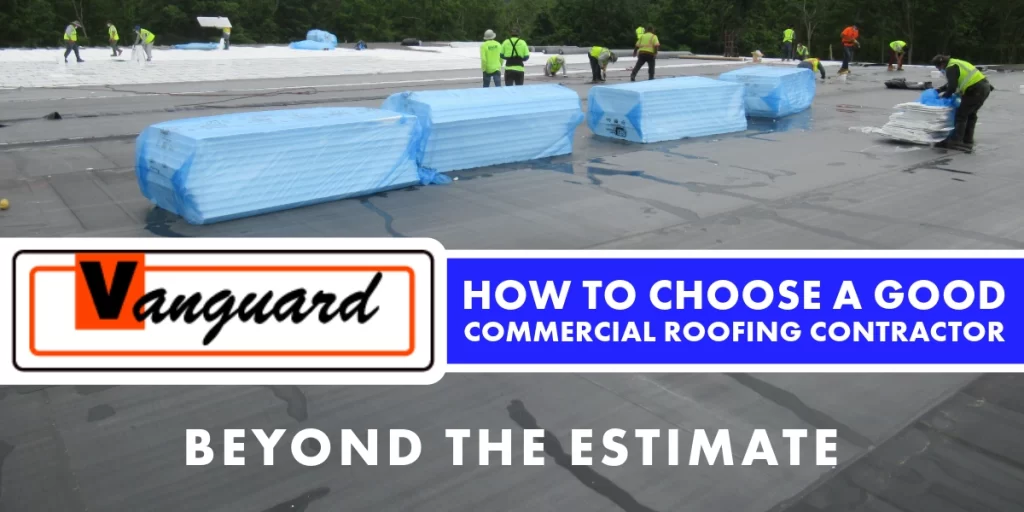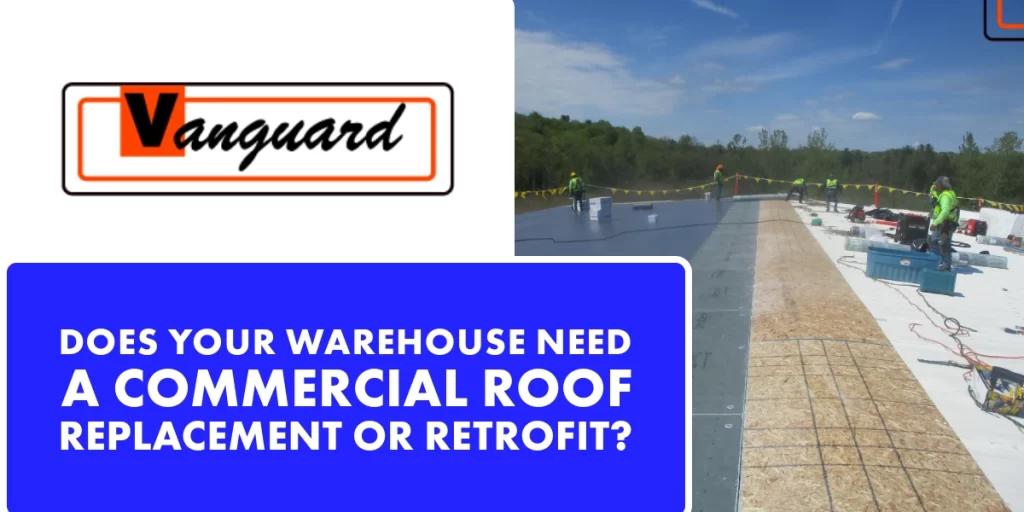Even if you’ve established a roof management plan that includes regular inspections and timely preventive maintenance and repairs, the roof on your commercial building will have to be replaced at some point in time. So how do you judge exactly when replacement is warranted and worth the investment? If your roof system is nearing the end of its expected lifespan and needs extensive repairs, the decision to replace it isn’t a difficult one. There are other situations that make commercial roofing replacement necessary too, such as:
Extensive Roof Deck Damage
If the roof covering is in poor condition and there’s evidence of decking deterioration in multiple locations, the damage that’s hidden from view can be extensive and compromise the structural integrity of your roof, especially under snow load conditions. If you’re advised that there may be significant deck deterioration, a tear off may be the only viable course of action so that rotted wood, rusted metal, compressed insulation, and crumbling concrete or gypsum panels can be replaced.
Premature Deterioration due to Improper Installation
If your roof wasn’t installed properly, a combination of ongoing problems can leave you facing repeated, costly repairs and always vulnerable to an unexpected roof failure. Common installation flaws that can shorten the lifespan of a commercial roofing system and make early replacement necessary include:
- Poor covering adhesion that results in seam separations, blistering, and leaks if the underlying substrate wasn’t properly cleaned, dried, and primed prior to installation.
- Reduced wind uplift resistance that results in tenting, billowing, and blow-offs due to improperly-installed flashing or an insufficient number of mechanical fasteners.
- A lack of moisture barrier under coping caps, improperly welded seams, and inadequate head laps and backwater laps that allow water into the roof system.
- Shrinkage, blisters, and wrinkles if the cover material wasn’t prepared correctly before installation.
Significant Water Infiltration
If water has entered the roof system and soaked the insulation, sealing seams, fixing flashing, and patching punctures are only stop-gap measures. The insulation won’t dry out even after you’ve correct the deficiencies that allowed water to enter, and the moisture trapped in the roof system can cause structural damage and mold problems. Water-logged insulation loses much of its R-value as well, so you’re also likely to experience an increase in the building’s heating and cooling costs.
If you need expert commercial roofing maintenance, repairs or replacement in Western Massachusetts, contact us at Vanguard Roofing.



